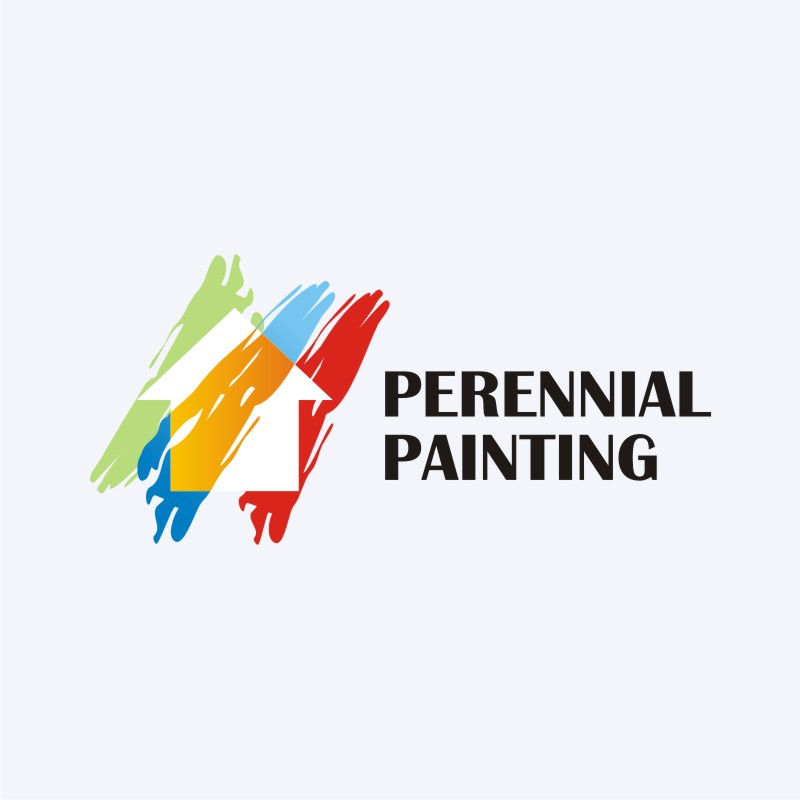Trick Seasonal Considerations For Commercial Exterior Paint: What You Required To Be Enlightened About
Trick Seasonal Considerations For Commercial Exterior Paint: What You Required To Be Enlightened About
Blog Article
Author-Korsholm Celik
When you're intending a commercial outside painting task, seasonal variables can make or break your outcomes. You'll intend to think about just how temperature level and humidity effect paint application and drying times. Selecting the appropriate season can guarantee your paint adheres correctly and lasts longer. However which popcorn ceiling removal tulsa are really the best for this sort of job? Let's explore the key elements that can influence your job's success.
The Impact of Temperature on Paint Application
When you're preparing an industrial external painting job, the temperature level can considerably influence just how well the paint sticks and dries.
Ideally, stucco repair tulsa ok want to repaint when temperatures range between 50 ° F and 85 ° F. If it's too chilly, the paint may not treat appropriately, resulting in concerns like peeling off or breaking.
On the flip side, if it's too hot, the paint can dry as well promptly, avoiding proper attachment and leading to an unequal coating.
You need to also consider the moment of day; early morning or late afternoon uses cooler temperatures, which can be a lot more favorable.
Always examine the supplier's suggestions for the details paint you're utilizing, as they usually provide assistance on the optimal temperature level array for optimum outcomes.
Moisture and Its Result on Drying Times
Temperature level isn't the only environmental variable that influences your industrial exterior painting project; moisture plays a substantial role as well. High moisture degrees can decrease drying out times drastically, impacting the general high quality of your paint task.
When the air is filled with wetness, the paint takes longer to heal, which can result in problems like bad bond and a greater risk of mold development. If you're repainting on a specifically damp day, be prepared for prolonged delay times in between coats.
It's vital to keep track of regional climate condition and plan accordingly. Preferably, go for moisture degrees between 40% and 70% for optimal drying.
Keeping these factors in mind ensures your task stays on track and delivers an enduring coating.
Best Seasons for Commercial Exterior Paint Projects
What's the most effective time of year for your business exterior painting tasks?
Spring and very early autumn are commonly your best bets. Throughout these periods, temperature levels are mild, and humidity levels are usually lower, developing optimal conditions for paint application and drying.
Avoid summer season's intense heat, which can trigger paint to completely dry also promptly, causing poor attachment and surface. In a similar way, wintertime's cool temperature levels can impede appropriate drying and treating, running the risk of the durability of your paint task.
Go for days with temperature levels between 50 ° F and 85 ° F for ideal results. Bear in mind to examine the neighborhood weather report for rainfall, as wet problems can wreck your job.
Planning around these elements ensures your paint task runs efficiently and lasts longer.
Conclusion
To conclude, planning your commercial outside painting jobs around seasonal considerations can make a substantial difference in the result. By scheduling work during the excellent temperatures and moisture levels, you'll make sure better attachment and drying out times. Bear in mind to watch on neighborhood weather report and choose the right time of year-- springtime and early fall are your best bets. Taking these actions will certainly aid you achieve a durable and professional surface that lasts.
